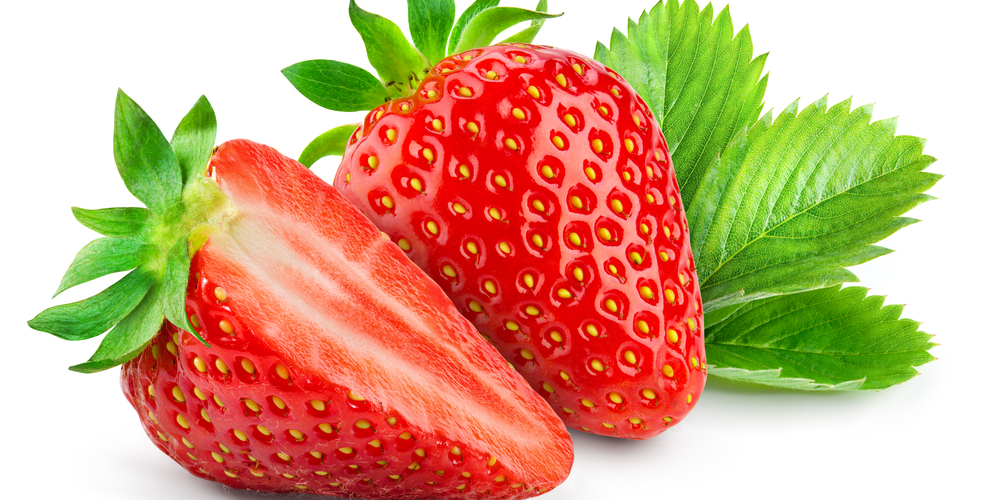Fruits that ripen after picking are called climacteric fruits. Climacteric fruits include apples, avocados, peaches, melons, and tomatoes. Strawberries are not climacteric fruits. They are considered a flowering plant that produces edible fruit.
How Do I Know if Strawberries Are Ripe?

Whether you pick strawberries from a farm or buy them in the store, the signs of ripeness are the same.
Look for the berries to have a bright red color, green tops, and a firm texture when you press on the berry. If these signs are present, the berry is ripe! If they are not present, leave the berry on the vine to ripen, or refrain from purchasing that batch of berries at the supermarket.
How Do I Help Them Ripen After Picking?

Unfortunately, you can not help strawberries ripen if they are off the vine and in your kitchen. For flowering fruits like the strawberry, the ripening process happens while they are still on the vine. They do not continue to ripen after they are picked!
The paper bag trick only works for tropical fruits, like mangos, and strawberries are not tropical fruits.
Strawberries are only good on your countertop for about four days before they start to rot. Keep this in mind when buying and using berries!
There is a theory that you can ripen freshly picked strawberries from a garden by placing them in a bowl and loosely covering them with another bowl to create a container. Leave them there for one day. After the day, they should be a little riper.
However, this method likely does not work for store-bought berries. Store-bought strawberries have been refrigerated and cooled down for a while, so they are not as new off the vine.
How Do I Extend the Shelf Life of My Strawberries?
As mentioned, strawberries are good for 4-5 days after you bring them home from the grocery store. There are a few ways to make your strawberries last longer than this!
Start by washing your berries in a mixture of water, vinegar, and baking soda. The vinegar kills molds and bacteria, the baking soda effectively removes pesticide residue, and the water acts as a diluting solution.
Try using three parts water, one part vinegar, and a small amount of baking soda. Soak the berries for about 15 minutes. Pro tip: slowly add the baking soda to avoid an explosion!
After soaking, line a salad spinner with a paper towel. Add the strawberries to the spinner, then spin them dry. Next, line a container, preferably glass, with a paper towel, then add the berries. Do not seal the container. Instead, leave them in the open container and store them in a crisper drawer in your fridge.
With this method, you can keep your berries there for weeks! Removing the pollutants on the berries will extend the lifespan of your ripe berries.
What Can I Do With Unripe Strawberries?
A good rule of thumb is to avoid using unripe strawberries in recipes that call for strawberries, like smoothies, jams, or desserts. Unripe berries are bitter and can upset your stomach if you eat too many.
Sweetening unripe strawberries is the best way to make them usable. Toss them in sugar or honey to add sweetness and mitigate the bitterness.
A less common tactic is using unripe strawberries in a recipe that calls for acidity. Similar to citrus, these berries will add a light fruit flavor and an acidic component.
Wrap Up
So, do strawberries ripen after picking? Unfortunately, no. If you pick a green strawberry, hoping it will ripen in the coming days, you will be disappointed. Unripe berries stay unripe unless connected to the vine. You can grow strawberries at home on a trellis, in a vegetable plot or raised bed.
